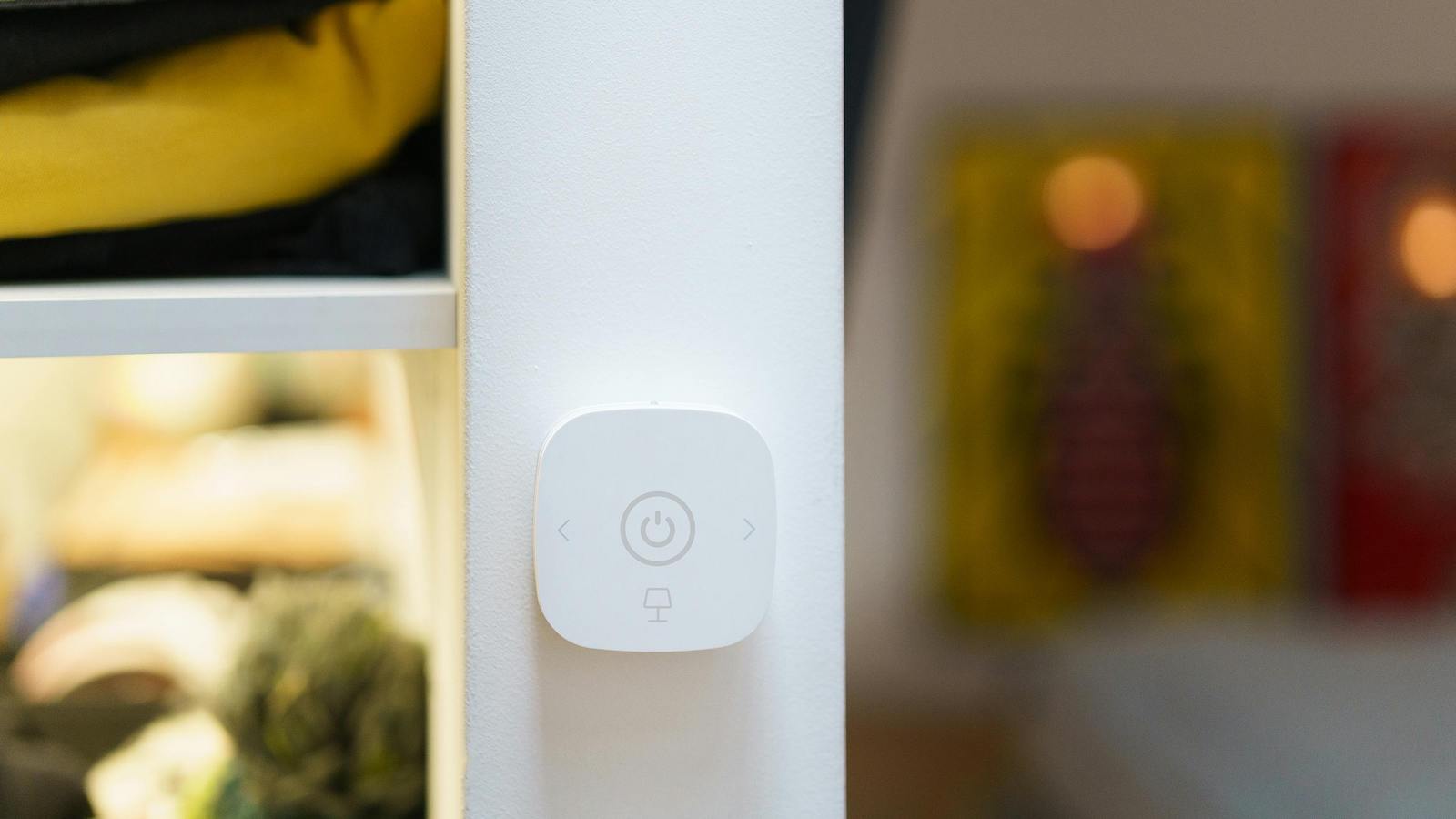To some, it is magic. To insurance, it is reality. The ability to accurately discern the past and predict the future based on nothing but data points and the long-lived experience of actuaries and adjusters has served the industry well, allowing insurance to become a multibillion-dollar industry.
The picture has changed dramatically in recent years, however, driven by the advent of the Internet of Things (IoT): technologies that collect, record and transmit live and granular data about their surroundings. The technologies may already seem ubiquitous, but estimates of how many IoT devices will connect our cars, homes, communities, medical services and work lives by the year 2020 range from 30 billion to 50 billion. Whatever the precise number, the IoT will generate a huge amount of data to be analyzed and monetized.
Already, writing policies can now be far better informed by what is known about the risk level of an individual or entity, as opposed to simply what is known about the claims generated by an entire class of risk. John Hancock, for example, announced in 2018 that all new life insurance policies must use digital fitness trackers to monitor policyholders. Using the high-quality, objective data derived from IoT, it is now possible to assess claims more accurately and efficiently, and in some cases, even prevent them from arising entirely.
“IoT is already enabling customers to avoid bad things happening to them," said Nick Ayrdon, head of strategy and development at Aviva. "Some people call it prevention. I see it as empowerment of customers.” Insurers are changing how they interact with customers, both before and after a claim. One executive predicted that that we are in fact “shifting from a claims-handling business to a claims-prevention one.”
As the value proposition of exchanging data for value becomes more concrete, it could drive uptake of connected insurance products. And yet, already operating in an environment of squeezed profits, high regulation and low consumer trust, the industry is witnessing something of a perfect storm. The tools for insurance carriers to stay relevant and appeal to today’s consumer do exist, but uncertainty over how best to implement such profound strategic transformation is holding many back.
See also: 3 Technologies That Transform Insurance
To provide a comprehensive overview of the progress and prospects of connected insurance, Insurance Nexus has produced the Connected Insurance Report, an in-depth study of the progress of insurance technology globally, based partly on a survey of over 500 people working in insurance and related industries, as well as on the insights of 20 thought leaders, including Matteo Carbone (founder and director of the IoT Insurance Observatory), Cecilia Sevillano (head of smart homes solutions for Swiss Re) and Boris Collignon (vice president, strategy, innovation and strategic partnerships, Desjardins General Insurance Group). Access the Connected Insurance Report today for in-depth insights, analyses and case-studies on the technology-led transformation of insurance, including:
- How the Benefits of Technology Confer to Insurance: More data, fewer claims and lower costs. Discover how the application of technology to insurance is changing the relationship between insurers and insureds and where extra value can be created.
- The State of Play of Technology in Insurance Today: What progress has been made so far across the different lines of insurance? Which lines are most developed and where is ripe for transformation?
- The Practicalities of Embedding Technology in Insurance: From proving the business case to organizational restructuring and digital transformation, explore how carriers have succeeded in leveraging the benefits of insurance technology.
- Making Sense of the Insurance Tech Stack: Provide value to customers by maximizing the worth of all data throughout the value chain. While challenges to each entity and line of business are unique, discover and overcome the principal challenges to embedding technology as reported by the industry.
- The Long-Term Opportunities: From claims prevention to customer engagement, what will the technology-led future of insurance be like? Discover what is on the management “to-do list” to ensure readiness for the era of “insurance 2.0.”








